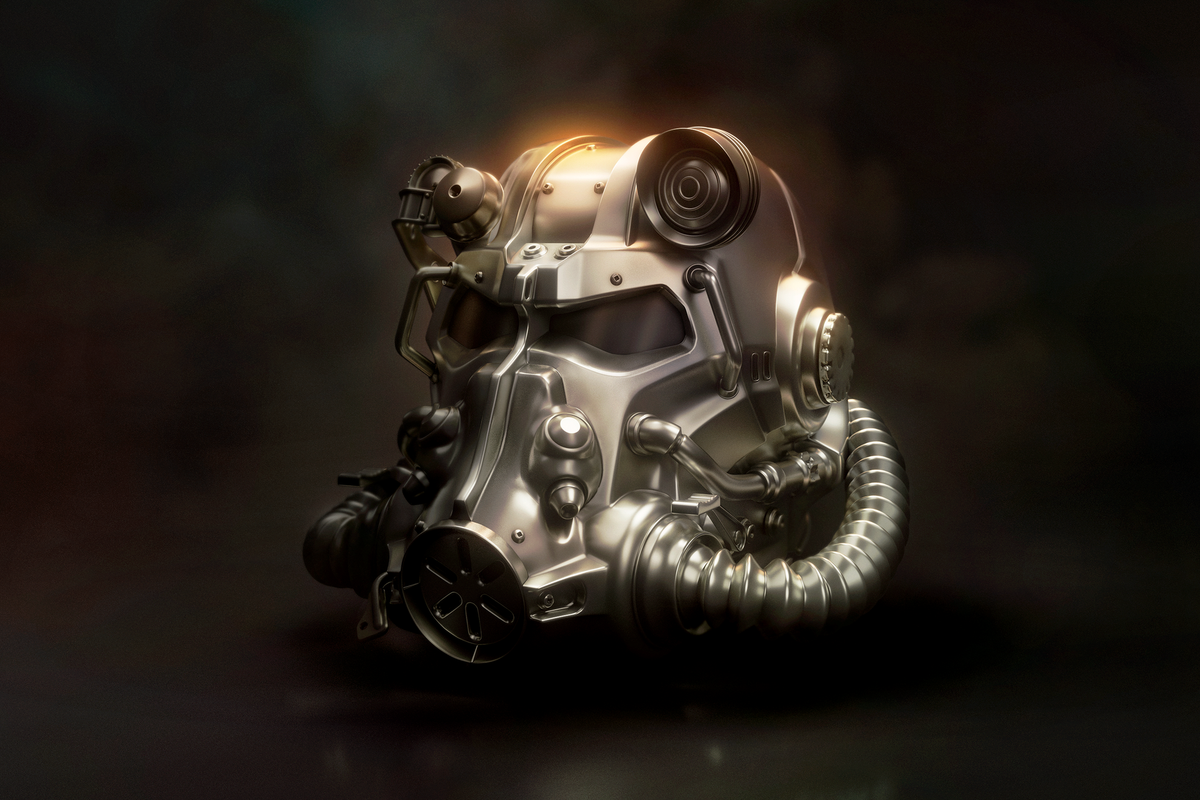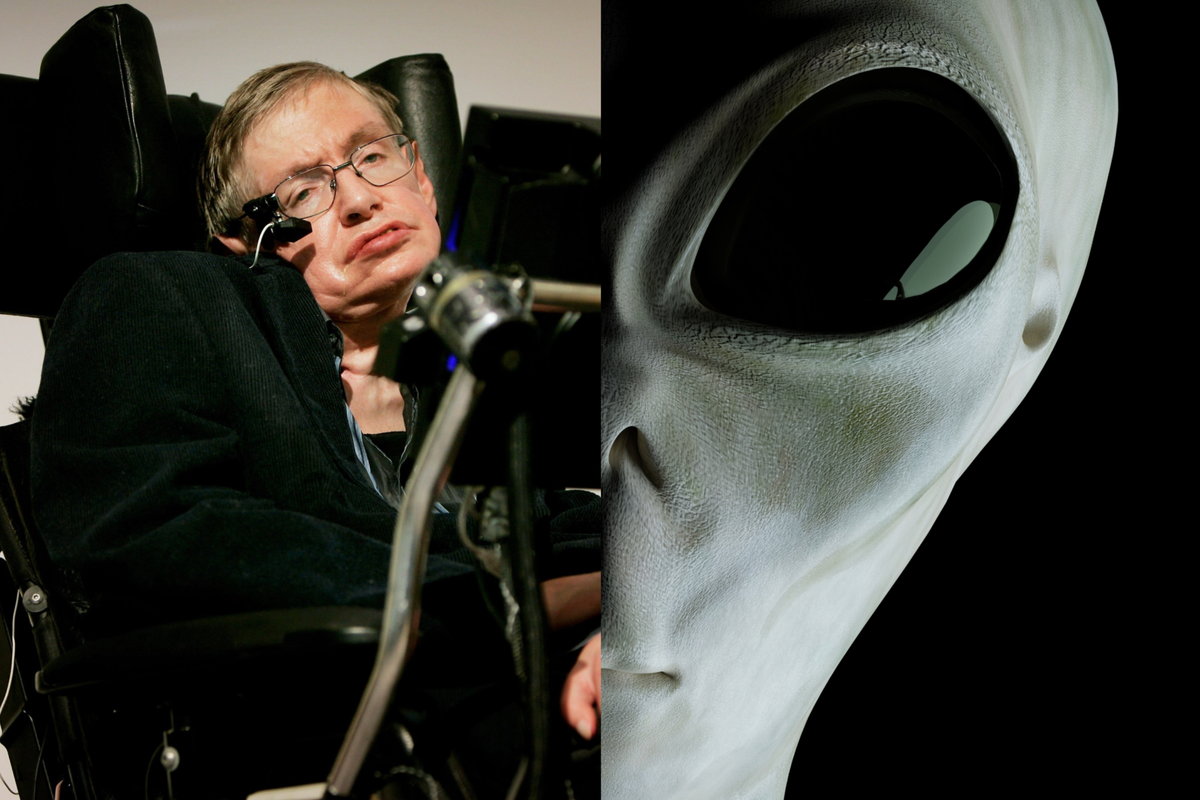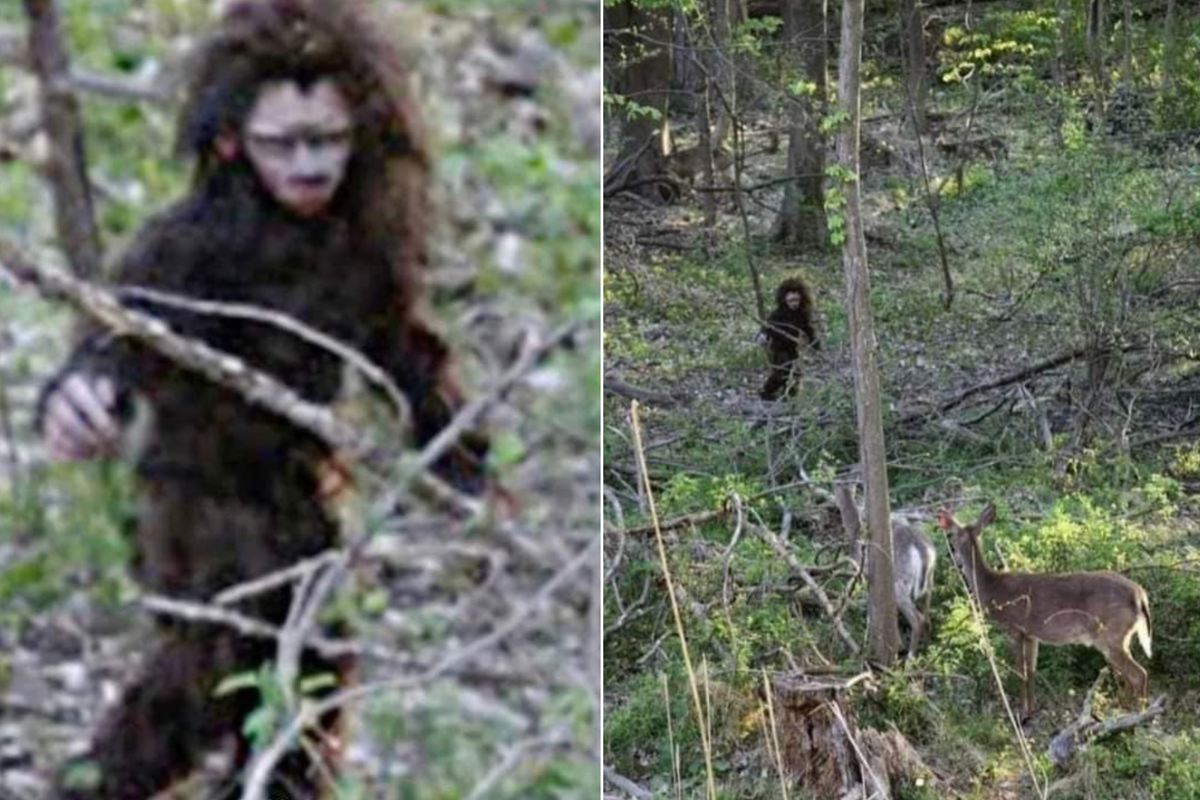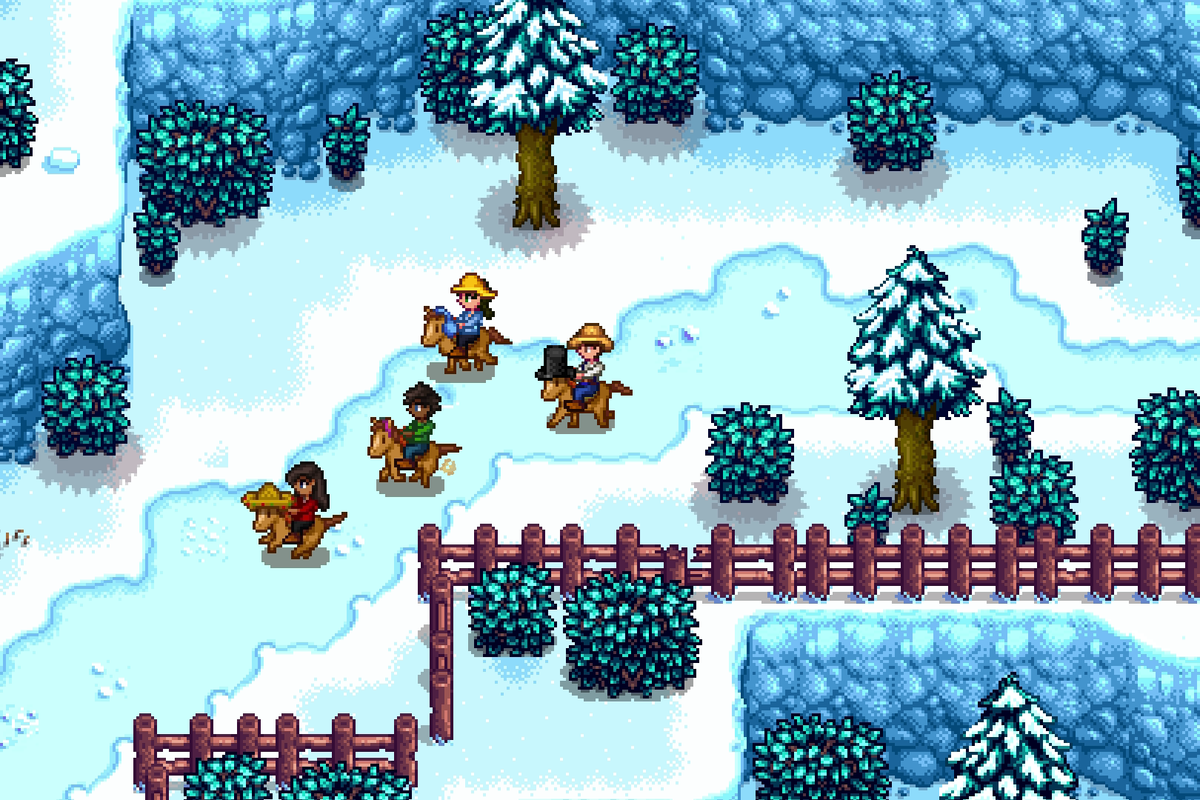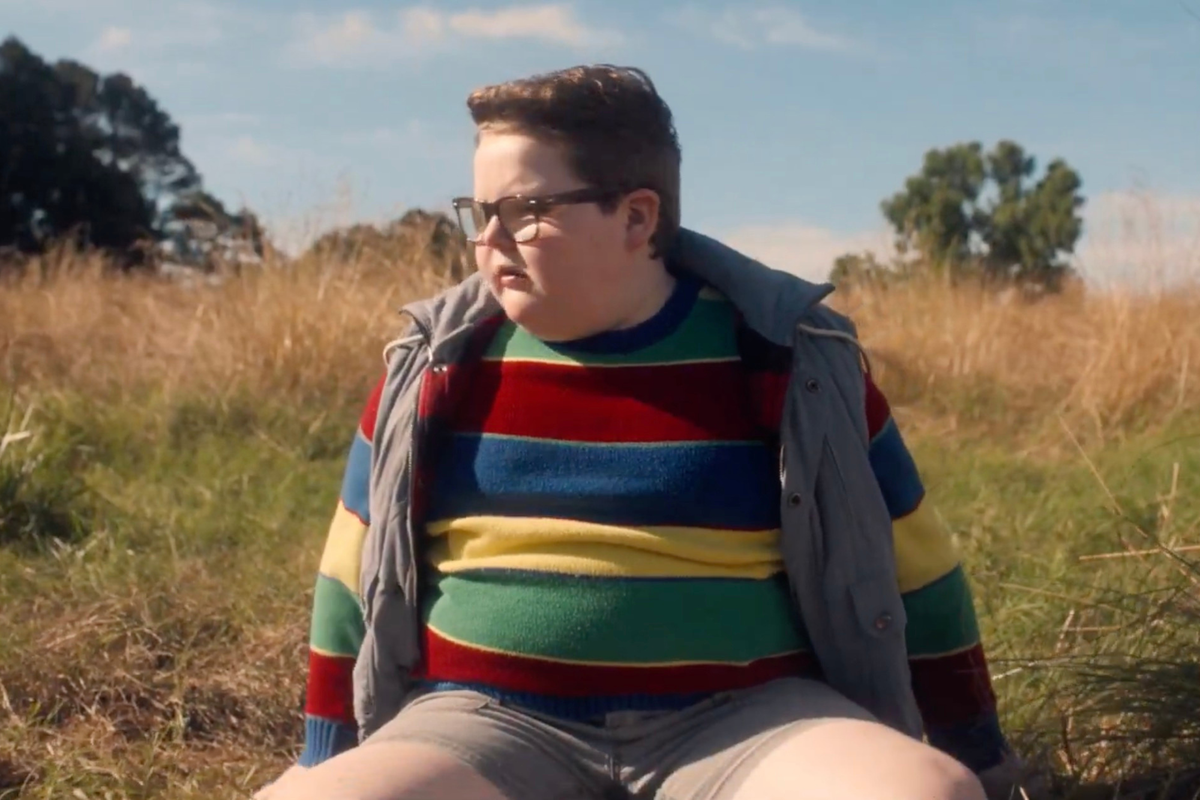Viral
Alex Barrett
Oct 05, 2017
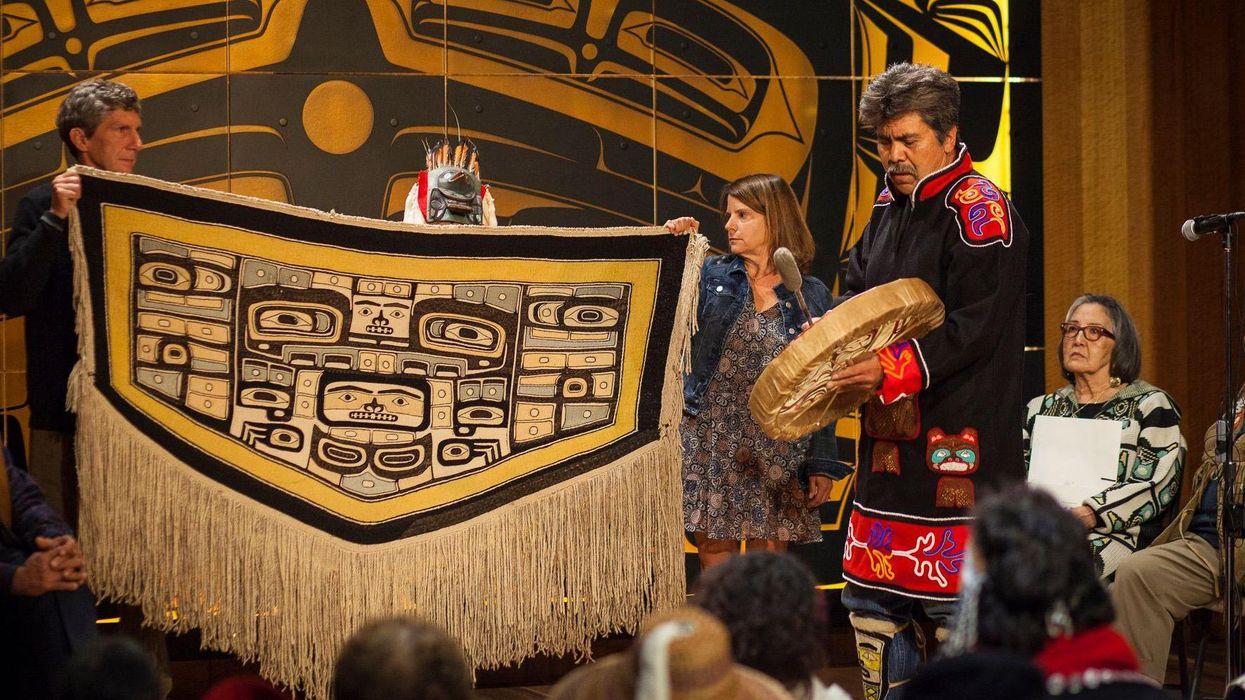
Picture:
NOBU KOCH / SEALASKA HERITAGE INSTITUTE
Sara Jacobsen is a 19 year old student from Seattle.
She grew up with a Native American robe in her dining room, which her father, Bruce, had bought from a gallery in 1986 when he first moved to Seattle.
He'd wanted to find some Native American art to express his appreciation for the region.
Bruce found it in a six-feet-long Chilkat robe, a blanket woven by the Haida, Tlingit and Tsimshian people of Alaska and British Columbia, dating back to around 1900.
He told KUOW:
I just thought it was so beautiful, and it was like nothing I had seen before.
It's a completely symmetric pattern of geometric shapes, and also shapes that come from the culture, and then it's just perfectly made — you can see no seams in it at all.
Sara began to question why they owned the robe, having taken a high school art history class and seen a strikingly similar piece preserved:
I started to wonder why we have it in our house when we’re not Native American.
Bruce emailed the Burke Museum after he was challenged by his daughter repeatedly over the family's ownership of a piece of Native American tradition.
I got this eloquent email back that said 'we’re not gonna tell you what to go do,' but then they confirmed what Sara said: that it was an important ceremonial piece, that it was usually owned by an entire clan, that it would be passed down generation to generation, and that it had a ton of cultural significance to them.
The family began to feel the robe no longer belonged to them.
He then emailed the Sealaska Heritage Institute in Juneau, asking what would be best for the robe.
Rosita Worl, the Executive Director, replied they would be happy to take care of it:
I was stunned. I was shocked. I was in awe. And I was so grateful to the Jacobsen family.
It’s what we call 'atoow': a sacred clan object.
Our beliefs are that it is imbued with the spirit of not only the craft itself, but also of our ancestors. We use [Chilkat robes] in our ceremonies when we are paying respect to our elders. And also it unites us as a people.
The Institute welcomed the robe's return with a two hour ceremony:
Worl said:
Our master artist, Delores Churchill, said it was absolutely a spectacular robe.
The circles were absolutely perfect. So it does have that importance to us that it could also be used by our younger weavers to study the art form itself
HT KUOW
More: How the US destroyed Native American land - in one animated map
Top 100
The Conversation (0)





